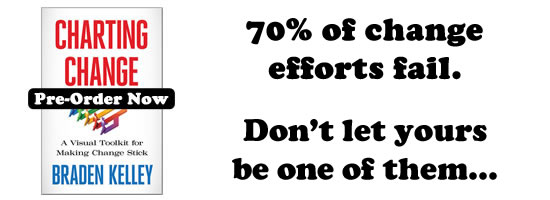Product Naming 101

Naming the Baby
If you ask business experts what is the most fundamental ingredient in a successful product launch, you may hear three things: distribution, quality, or pricing. All three are merely givens in this era—mandatory.
But what really makes a difference?
The real competitive advantage for a new product is its name. Likewise, a bad name can sink a good product like a stone thrown into a lake.
A strong name that conveys the emotional essence of a product’s value can improve sales, create a brand that grows in long-term value, and quickens first-time purchases. A bad name can kill a product during the launch phase. In fact, a good name acts as a calling card in the world, instead of a source of shame, confusion, or indifference.
Yet, product names are sometimes created for wrong reasons or are off target for the intended market.
Let’s examine a loser before we look at a simple framework. Ask Audi about their TT. You could just as likely ask any kindergartener about their TT and get the same response.
What self-respecting driver wants to sit behind the wheel of a TT?
Absurd! Idioms matter. Be careful for the traps of translation, too. When Colgate introduced a toothpaste in France called Cue, it may have proven comical with readers of the porn magazine of the same name, but no-one else.
Think of successful naming as including both sound and sense. The sonic values have to work, as does the sense making given the dynamics of culture, nationalities, and the competitive landscape.
There are many factors to consider: positioning, market trends and drivers, translation issues, URL availability, more.
Product naming should be done justice in either a long essay or book on the subject; however, here is a short take.
First off, know your enemy. Look at the competitive landscape and make sure you are not naming a me-too product. Aim to be wholly your own. The key is to be different, unique, and helpful.
Secondly, the best names are literal and poetic at the same time, like Office or Raid. Tapping both the descriptive and figurative sides of the brain with one name makes it resound and resonate with denotative and connotative value.
Third, short is best. TT may be the exception to this rule; it’s bad for other reasons.
Fourth, don’t suffer feature mania. A simple, non-technical name that conveys the end promise or benefit is always more effective than a name that describes a feature.
Fifth, use a name that evokes some emotional resonance in the audience and rewards their use of the product.
Mostly, avoid really bad mistakes like Poolife, which reads more like Poo Life than Pool Life. Use good judgment and be smart.
Wait! Before you go.
Choose how you want the latest innovation content delivered to you:
- Daily — RSS Feed — Email — Twitter — Facebook — Linkedin Today
- Weekly — Email Newsletter — Free Magazine — Linkedin Group
 Michael Graber is the cofounder and managing partner at Southern Growth Studio, a Memphis, Tennessee-based firm that specializes in growth strategy and innovation. A published poet and musician, Graber is the creative force that complements the analytical side of the house. He speaks and publishes frequently on best practices in design thinking, business strategy, and innovation and earned an MFA from the University of Memphis. Follow Michael @SouthernGrowth
Michael Graber is the cofounder and managing partner at Southern Growth Studio, a Memphis, Tennessee-based firm that specializes in growth strategy and innovation. A published poet and musician, Graber is the creative force that complements the analytical side of the house. He speaks and publishes frequently on best practices in design thinking, business strategy, and innovation and earned an MFA from the University of Memphis. Follow Michael @SouthernGrowth
NEVER MISS ANOTHER NEWSLETTER!
LATEST BLOGS
Three things you didn’t know about credit cards
Photo by Ales Nesetril on Unsplash Many of us use credit cards regularly. From using them for everyday purchases to…
Read MoreFive CV skills of a business-minded individual
Photo by Scott Graham on Unsplash The skills listed on a CV help employers quickly understand your suitability for a…
Read More


